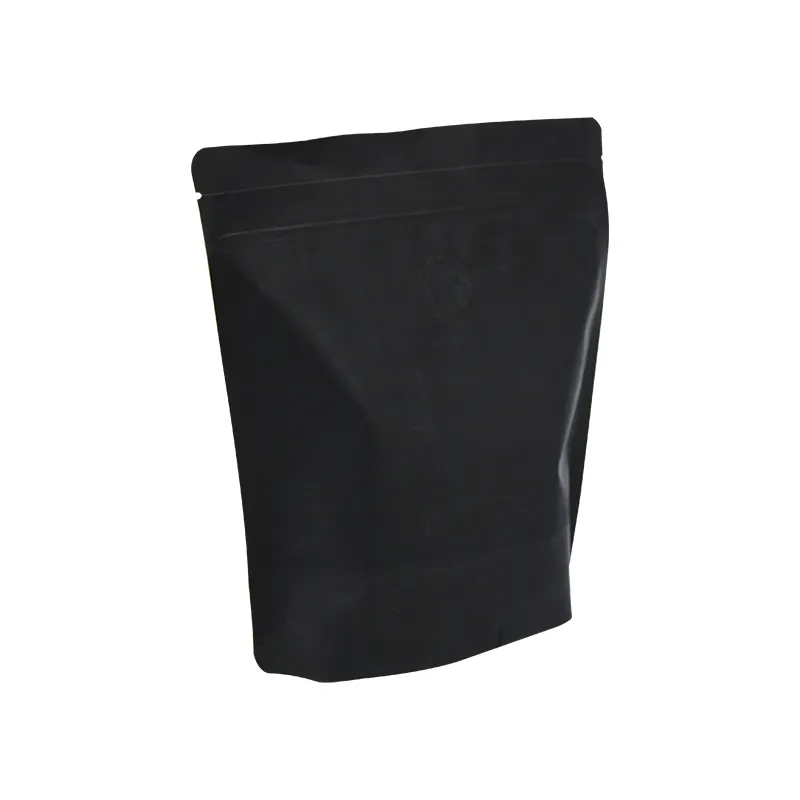- Afrikaans
- Albanian
- Amharic
- Arabic
- Armenian
- Azerbaijani
- Basque
- Belarusian
- Bengali
- Bosnian
- Bulgarian
- Catalan
- Cebuano
- chinese_simplified
- chinese_traditional
- Corsican
- Croatian
- Czech
- Danish
- Dutch
- English
- Esperanto
- Estonian
- Finnish
- French
- Frisian
- Galician
- Georgian
- German
- Greek
- Gujarati
- haitian_creole
- hausa
- hawaiian
- Hebrew
- Hindi
- Miao
- Hungarian
- Icelandic
- igbo
- Indonesian
- irish
- Italian
- Japanese
- Javanese
- Kannada
- kazakh
- Khmer
- Rwandese
- Korean
- Kurdish
- Kyrgyz
- Lao
- Latin
- Latvian
- Lithuanian
- Luxembourgish
- Macedonian
- Malgashi
- Malay
- Malayalam
- Maltese
- Maori
- Marathi
- Mongolian
- Myanmar
- Nepali
- Norwegian
- Norwegian
- Occitan
- Pashto
- Persian
- Polish
- Portuguese
- Punjabi
- Romanian
- Russian
- Samoan
- scottish-gaelic
- Serbian
- Sesotho
- Shona
- Sindhi
- Sinhala
- Slovak
- Slovenian
- Somali
- Spanish
- Sundanese
- Swahili
- Swedish
- Tagalog
- Tajik
- Tamil
- Tatar
- Telugu
- Thai
- Turkish
- Turkmen
- Ukrainian
- Urdu
- Uighur
- Uzbek
- Vietnamese
- Welsh
- Bantu
- Yiddish
- Yoruba
- Zulu
Exploring the Applications and Benefits of PLA Polylactic Acid in Modern Industries
Understanding PLA The Versatile Polylactic Acid
Polylactic acid, commonly abbreviated as PLA, is a biopolymer that has garnered significant attention in various fields, including packaging, textiles, and 3D printing. As a renewable resource-derived plastic, PLA is primarily made from cornstarch or sugarcane, which makes it an attractive alternative to conventional petroleum-based plastics. With the growing concerns about environmental sustainability, understanding PLA's properties, applications, and environmental impact is essential for both consumers and industries.
Properties of PLA
PLA is well-known for its favorable physical and mechanical properties. It is characterized by its transparency, lightweight nature, and ability to biodegrade under specific conditions. Depending on the production process, PLA can exhibit varying degrees of crystallinity, which influences its thermal and mechanical properties. Generally, PLA has a glass transition temperature of around 60°C (140°F) and a melting temperature of approximately 160-180°C (320-356°F).
One of the significant advantages of PLA is its ease of processing, making it a popular choice for various manufacturing applications. It can be easily molded, extruded, and 3D printed, which makes it a go-to material for prototyping and small-scale production. Additionally, PLA can be blended with other materials to enhance its properties, such as strength and durability, thereby expanding its utility in different sectors.
Applications of PLA
The versatility of PLA lends itself to a myriad of applications. In the packaging industry, PLA is used to produce compostable bags, food containers, and films. Its biodegradability makes it an appealing option for environmentally conscious consumers and businesses. In the realm of textiles, PLA fibers can be woven into fabrics for clothing, offering a sustainable alternative to traditional synthetic fibers.
pla polylactic acid

In the medical sector, PLA has shown promise in applications such as implants and drug delivery systems. Its biocompatibility and biodegradability make it suitable for temporary implants, as it can safely dissolve in the body over time. In recent years, PLA has also gained popularity in the 3D printing community. Its low melting point and ease of use make it an ideal filament for beginners and experienced users alike.
Environmental Impact
While PLA is often touted as an eco-friendly alternative to conventional plastics, it is essential to consider its lifecycle and environmental impact. The production of PLA requires agricultural inputs, which can contribute to land use change and the use of fertilizers and pesticides. However, PLA's manufacturing process typically has a lower carbon footprint compared to that of petroleum-based plastics.
Moreover, although PLA is biodegradable, it does not decompose efficiently in natural environments. Most biodegradation of PLA occurs in industrial composting facilities, which maintain specific temperature and humidity conditions. In contrast, PLA items disposed of in conventional landfills can take years to break down, which is a critical point to consider for waste management practices.
Conclusion
Polylactic acid (PLA) represents a significant advancement in the quest for sustainable materials. Its renewable origins, favorable properties, and diverse applications make it a valuable resource across various industries. Nevertheless, the environmental implications of PLA production and disposal cannot be overlooked. As consumers and producers become increasingly aware of these issues, a balanced approach towards adopting and managing PLA will be crucial. By harnessing the potential of PLA responsibly, we can take strides towards a more sustainable future, mitigating the environmental impacts of our material choices. As technology and practices evolve, continued research and development will play a vital role in maximizing the benefits of PLA while minimizing its drawbacks.













